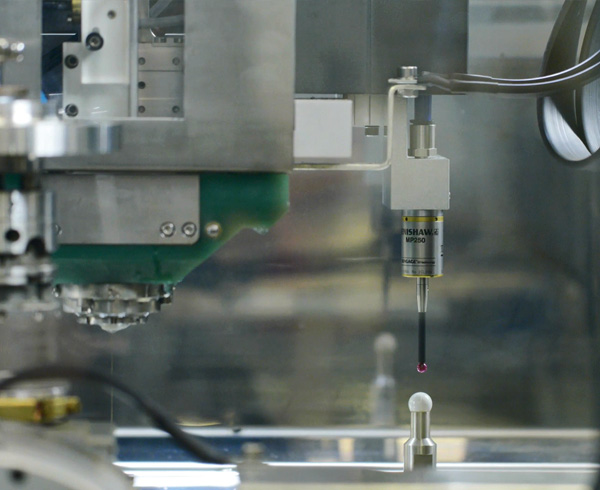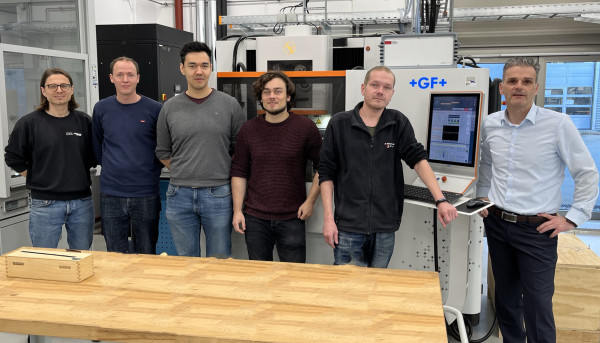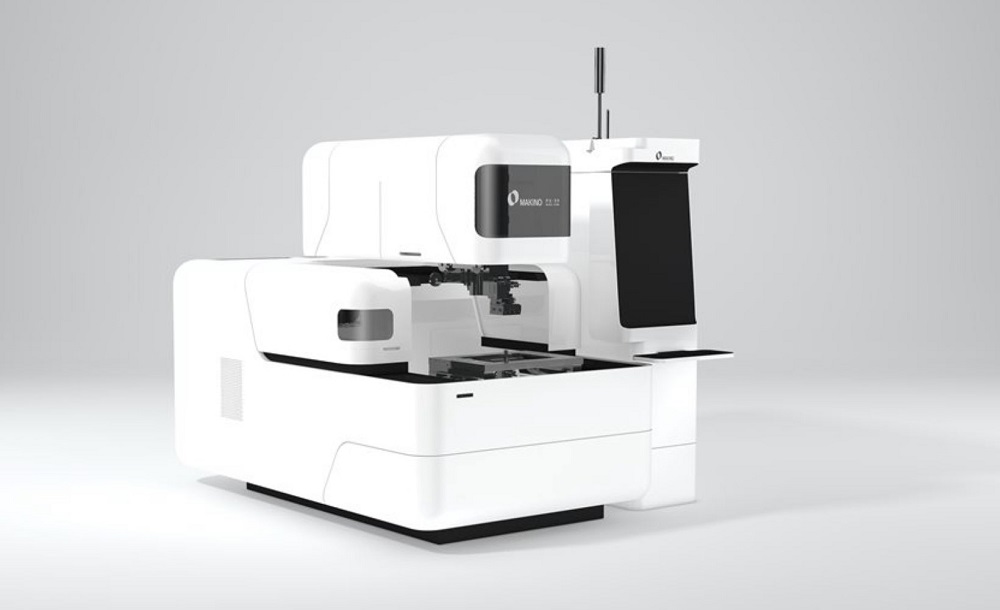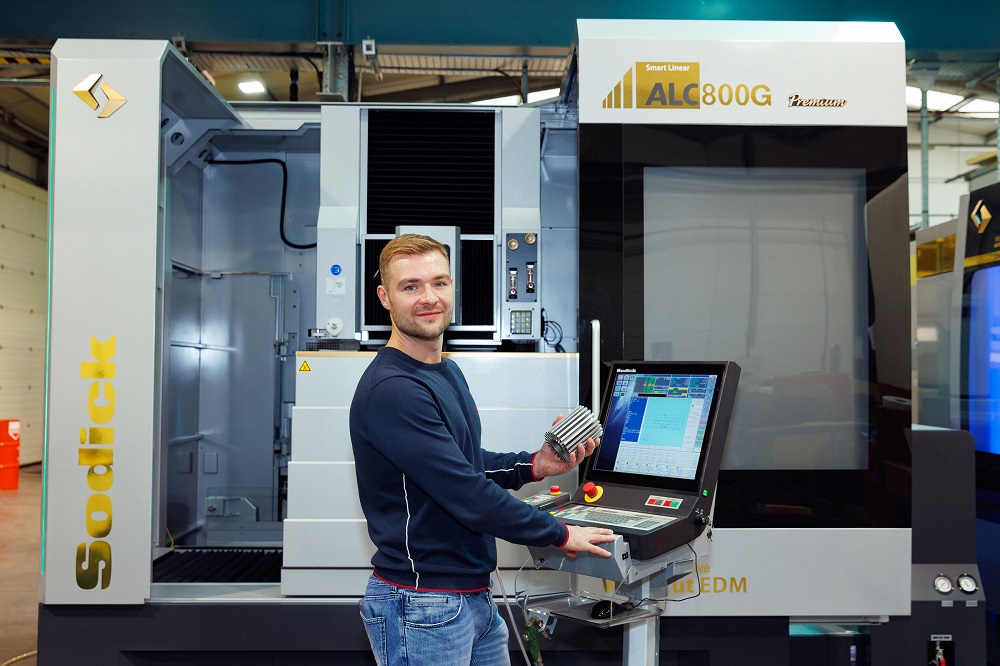From ONA’s passion for EDM comes its obsession with incorporating constant improvements into the company’s machines that optimise production processes and improve finish quality.An example of this is ONA’s‘Script Programming’ tool. A high-grade programming language that allows for the creation of smart programs. It is possible to modify projects during the process to react to changing conditions, thereby guaranteeing piece quality.
All of the company’s models have the option of including an additional package with its Script Programming smart program creation tool. What advantages does this provide to customers’ production processes? Mainly improving production in terms of time and, above all, improving piece-part manufacturing quality.
ONA’s adaptive machining concept is based on the ability to react to changing conditions. Script Programming benefits from the application’s knowledge and experience, and translates that into dynamic programs capable of addressing changing conditions, rules and variables. The more knowledge it has about the manufacturing process, the more competitive it will be. The possibilities offered by Script Programming are infinite.None of this is possible with conventional programming, which is appropriate for pre-planned, static procedures where no changes are expected.
There are many advantages of Script Programming, including the ability to create personalised set-up cycles. Another benefit is the ability to execute actions conditioned by a series of premises.Without this option, the piece machining instructions are defined beforehand and cannot be changed. Thanks to Script Programming, it becomes possible to redefine the rules, adapting them to the process’s variable conditions during its execution.
For further information www.onaedm.co.uk



















